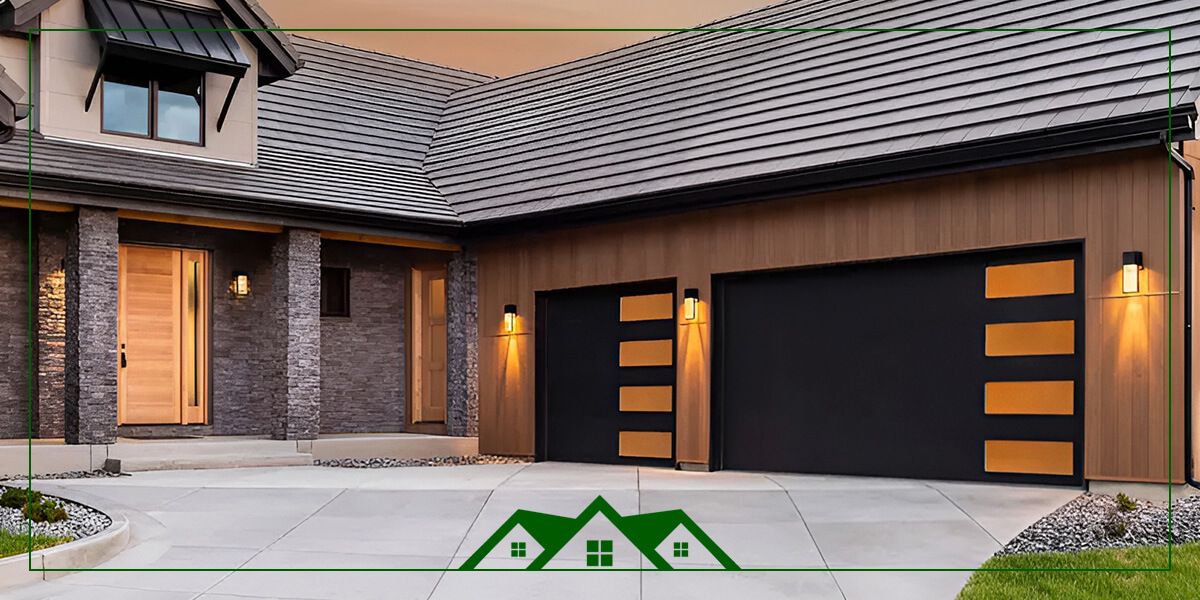
Balancing Budget and Quality: Investing in the Right Garage Door
The garage door is an often underrated yet essential component of a home’s curb appeal and functionality. It’s not just about keeping your vehicle secure; a garage door can enhance your home’s aesthetic, improve energy efficiency, and even increase property value. But when it comes to budgeting for a new garage door, how much should you realistically allocate? This guide will help you navigate the costs associated with purchasing a garage door that meets your needs without breaking the bank. For insights and reviews on garage door options, consider exploring dlouhy doors reviews.
The Cost Spectrum: What’s Your Price Point?
Garage doors come in a variety of materials, and designs, and with different features, all of which influence the price. A basic steel door can start at a few hundred dollars, while custom designs and high-end materials can propel the price to several thousand. Determining your price point upfront can guide you in selecting a door that balances cost with features.
Material Matters: Choose Wisely for Longevity
The material of your garage door significantly impacts both cost and performance. Steel doors are durable and low-maintenance but can dent easily. Wood offers a classic look but requires more upkeep and can be pricey. Aluminum is lightweight and rust-resistant but may not offer the insulation of heavier materials. Newer materials like fiberglass and vinyl offer durability and minimal maintenance, often at a higher cost.
Fun Fact: Did you know that the world’s largest garage door was installed at the Kennedy Space Center for the Space Shuttle’s Assembly Building? It stands at 456 feet high!
Insulation and Energy Efficiency: Save Money in the Long Run
An insulated garage door might cost more initially, but it can save you money on energy bills by maintaining a consistent temperature in the garage. This is particularly beneficial if you have a workshop or use the space frequently. To explore garage door options that can help simplify your daily routine and enhance energy efficiency, consider the insights available to simplify your daily routine.
Customization and Curb Appeal: Paying for Aesthetics
Custom elements, such as windows, patterns, and unique colors, can enhance curb appeal but will add to the overall cost. Decide which aesthetic features are non-negotiable and which you can live without to keep within your budget.
Mechanics and Technology: The Price of Convenience
A garage door’s opening mechanism and technology also play a role in cost. Standard chain-driven openers are generally more affordable, while belt-driven or smart openers offer quieter and more advanced features at a higher price.
Installation: DIY or Professional Help
While installing a garage door yourself can save money, it may not be the best choice if you’re not experienced. Professional installation ensures safety and proper setup, which is critical for the door’s longevity and warranty. Consider this service as part of your budget.
Maintenance and Repairs: Factor in the Future
Beyond the initial purchase, consider the long-term costs of maintenance and repairs. A cheaper door may have higher maintenance costs over time, so it’s important to strike a balance between upfront savings and future expenses.
Investing in a garage door requires a careful assessment of your needs, desires, and budget. The right door should not only meet your functional requirements but also contribute to your home’s overall beauty and efficiency. While it’s tempting to cut costs, remember that a garage door is a long-term investment in your home. By considering all factors—from materials and insulation to aesthetics and technology—you can select a garage door that offers the best value for your investment. With a bit of research and careful planning, you can find a garage door that fits your budget, enhances your home, and serves you reliably for years to come.





